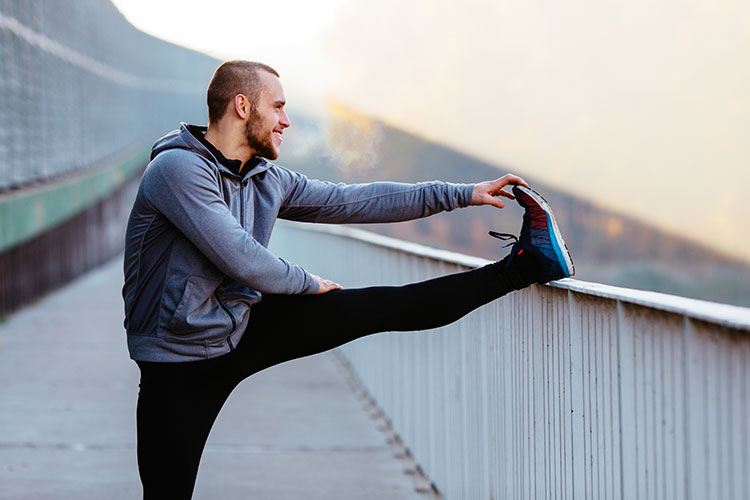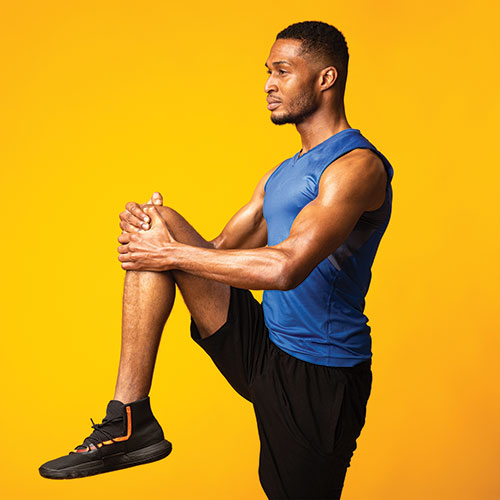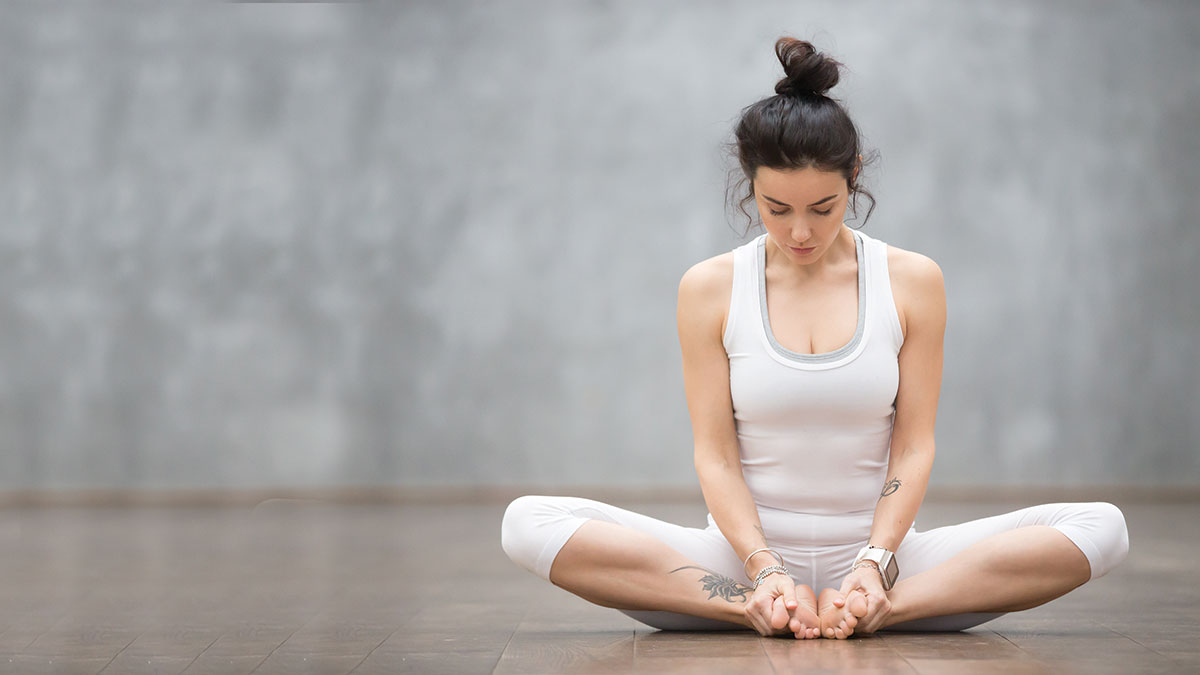If you have been jumping right into your workouts, whether at the gym or at home, take a pause and think again. Getting right into a workout without stretching or warming up can cause jerky movements that may increase your chances of injury. Here’s where flexibility exercise comes. An important fourth pillar of exercise, alongside aerobic exercise, strength training and balance exercise, flexibility exercise refers to a series of movements practised to stretch your muscles and improve the range of motion in your joints in order to allow for more flexibility during workouts, sports and other activities.
Static Stretching & Dynamic Stretching

There are largely two kinds of stretching under which most flexibility exercises can be grouped. Static stretching is the more popular of the two, and it involves stretching a muscle into a lengthened position while seated, standing up or laying down and holding the pose for an extended period of time, about 30 to 60 seconds. Examples of static stretches include seated butterfly stretch, cobra pose, biceps stretch, among others. Static stretching helps relax muscles, and so performing these exercises before a workout is a no-no; instead these exercises help complete a workout and are best performed during the cool-down period.
Dynamic stretching involves the use of slow and rhythmic movement to increase the range of motion in joints. This type of exercise is best performed during the warm-up to a particular workout or sports activity and often mimics sport-specific movements in slowed down versions in order to help the body rehearse and prepare. Examples for dynamic stretching include high step, walking lunges, etc.
Benefits of Flexibility Exercise

- An obvious benefit is greater flexibility and range of motion. Flexibility exercise, if performed slowly and carefully, requires one to push themselves to stretch, up until they begin feeling uncomfortable, at which point they should stop. Over time and with regular practise, the range of motion in the joints will increase as will the ability to stretch further.
- Flexibility exercise also reduces pain and stiffness in muscles and relieves tightness allowing for smoother mobility even to perform everyday tasks.
- Stretching at least three times a week is said to improve blood circulation, which could help muscles recover quickly after exercise.
- Of course there is the added advantage of improved performance. Decreasing the risk of injury and increasing fluidity and flexibility in turn improves ones performance, be it at workouts, sports or other activities.

